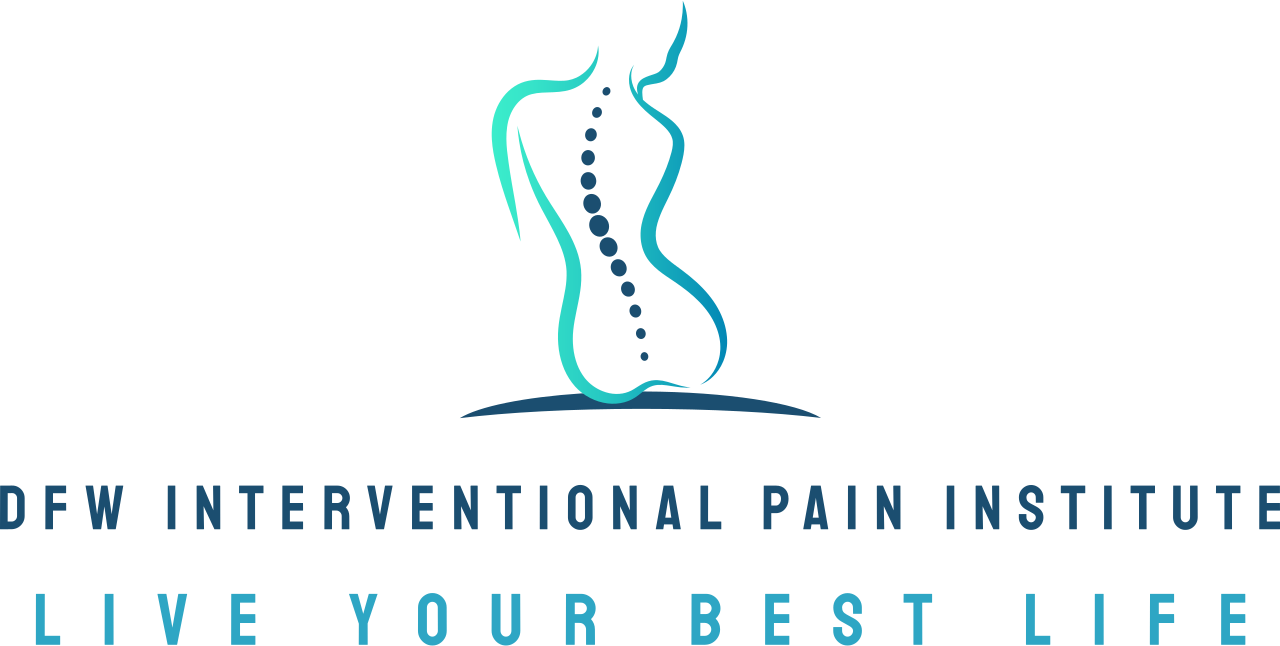Can driving cause knee pain?
One common condition we see at our practice in Irving, TX, is knee pain from spending lots of time in the car on DFW's many highways. Known informally as "driver's knee," this discomfort can turn something as routine as driving into a daily source of frustration. Today, we’ll unpack the connection between driving and knee discomfort, explore common causes and share practical steps to find relief.
Understanding "driver's knee"
Driver's knee refers to pain or discomfort in the knee that arises while driving or as a result of frequent driving. The condition is typically caused by repetitive strain, sitting in a fixed position for too long or frequent use of the brake and gas pedals. While some cases of driver’s knee are mild and temporary, others may exacerbate existing conditions or injuries, leading to chronic pain.
The symptoms of driver’s knee can vary but often include:
A dull ache or sharp pain around the kneecap.
Tightness or stiffness that worsens after extended driving.
Swelling around the knee joint (if the pain is linked to injury or inflammation).
Common causes of knee pain from driving
Understanding what's causing your pain is the first step toward managing or preventing it. When it comes to driving, the following factors are some of the biggest contributors:
Prolonged sitting and pressure
Driving for hours at a time means your knees stay in a bent position. This constant position, especially on long road trips, places pressure on the joint and surrounding muscles, reducing blood flow to the area. Over time, this restriction can lead to stiffness or pain.
Repetitive brake usage
City driving or stop-and-go traffic like we have around DFW can be a major culprit. Repeatedly pressing the brake or switching between the brake and gas pedals places stress on your knee joints, especially the tendons and ligaments.
Existing knee conditions
If you already have pre-existing conditions such as arthritis, a previous knee injury or patellofemoral pain syndrome, the repetitive motions and pressure associated with driving can aggravate your symptoms. This is one of the leading causes of what we see patients for, especially when it comes to osteoarthritis.
Poor driving posture
How you position yourself in the driver's seat plays a significant role. If your seat isn’t properly adjusted or if you’re driving a vehicle with limited legroom, you may unknowingly place a strain on your knees by holding them in unnatural positions. If you're seated for much of the day, too, your poor posture from long periods of sitting could also lead to issues while seated and driving, too.
Prevention and relief strategies
The good news is, there are several ways to prevent or reduce knee pain while driving. Small adjustments in your routine and setup can make a big difference.
Adjust your seat and controls
Proper ergonomics are essential for avoiding knee pain:
Seat position: Adjust your seat so your knees are slightly bent and your feet easily reach the pedals without fully extending your legs. Make sure your hips are slightly higher than your knees.
Steering wheel adjustment: Position the steering wheel so you can comfortably grip it without needing to stretch forward, as this can strain your lower body.
Pedal alignment: If possible, align the pedals so you don’t need to twist your foot inward excessively to reach them.
Take frequent breaks
You’d be surprised how much a quick stretch can do for your knees. If you're taking a long road trip, aim to stop every 1-2 hours to stretch your legs. Try simple movements like gently flexing and extending your knees or going for a short walk to promote blood flow and relieve stiffness.
Apply heat or cold packs
For on-the-go relief, use a heating pad or cold pack on your knee (once you're done driving). Heat helps relax tight muscles, while cold can reduce swelling or inflammation. If someone else is driving, you can use a portable heating pad to provide relief during a long trip.
Use support aids
Cushions or orthopedic seat supports can improve your overall driving posture and reduce strain on the knees. Another helpful tool is a cushioned knee brace, which can protect the joint and provide extra stability during extended drives.
When to see a pain management specialist
If your knee discomfort persists despite making these adjustments, it’s time to consider professional help. Pain that lasts more than six months, worsens over time, or interferes with your ability to drive comfortably shouldn't be ignored.
A pain management specialist, like Dr. Edrick Lopez at DFW Interventional Pain Institute, can thoroughly evaluate your symptoms, medical history and driving habits to identify the root cause of your pain. Dr. Lopez designs customized treatment plans, focusing on both immediate relief and long-term solutions.
Potential treatment options for driver's knee
At DFW Interventional Pain Institute, treatment for knee pain may include:
Stretching and strengthening exercises tailored to your driving needs.
Hyaluronic acid injections, to improve joint lubrication and reduce pain (especially for arthritis sufferers).
Trigger point injections, which target painful muscle knots causing joint discomfort.
Medications, carefully selected to relieve pain or inflammation.
Personalized guidance on ergonomic driving practices and lifestyle changes.
With the correct combination of these options, you can find much-needed relief and get back to driving with comfort and confidence.
Take control of your knee pain today at DFW Interventional Pain Institute
Knee pain shouldn’t take the joy out of driving or make your daily commute a struggle. By recognizing the causes of driver’s knee and making small but significant adjustments, you can protect your knees and reduce discomfort.
However, if your pain persists, don’t hesitate to seek help. At DFW Interventional Pain Institute, we provide expert solutions tailored to your unique needs, helping you find lasting relief. Book your consultation with Dr. Edrick Lopez today and take the first step toward a pain-free driving experience.

